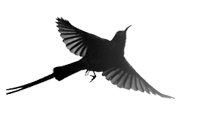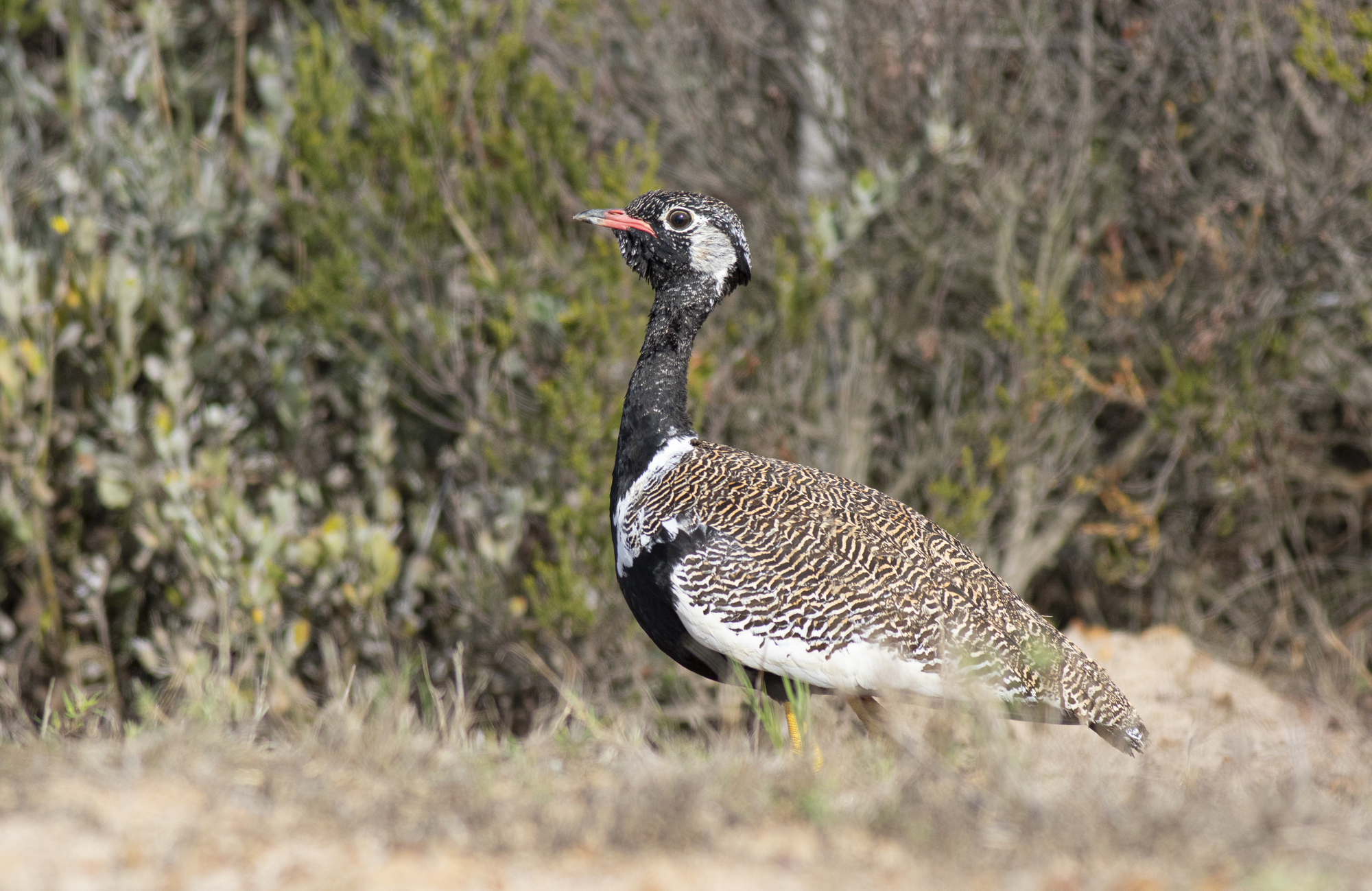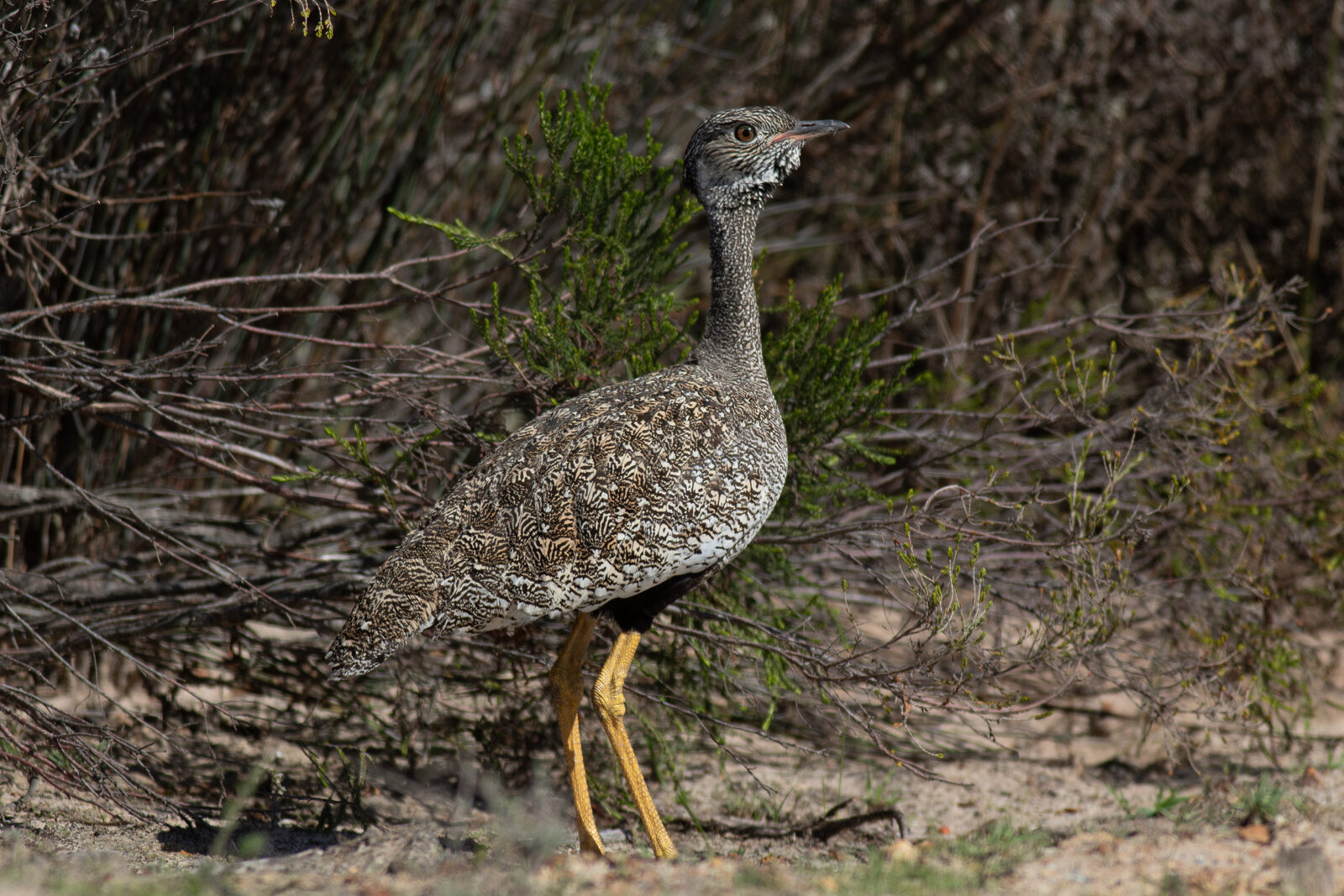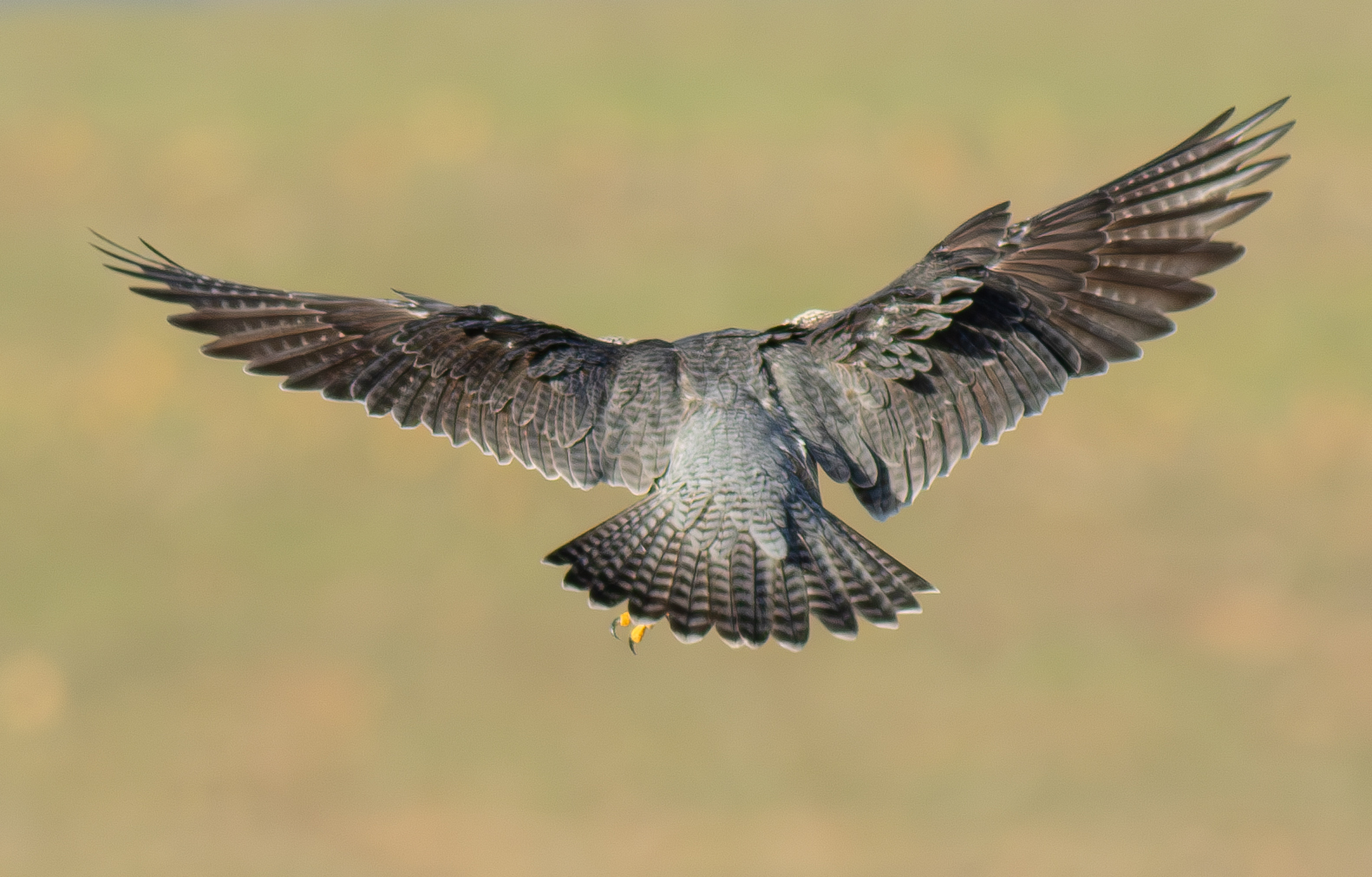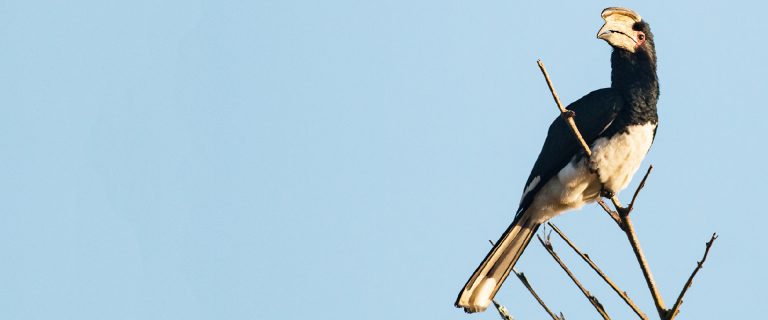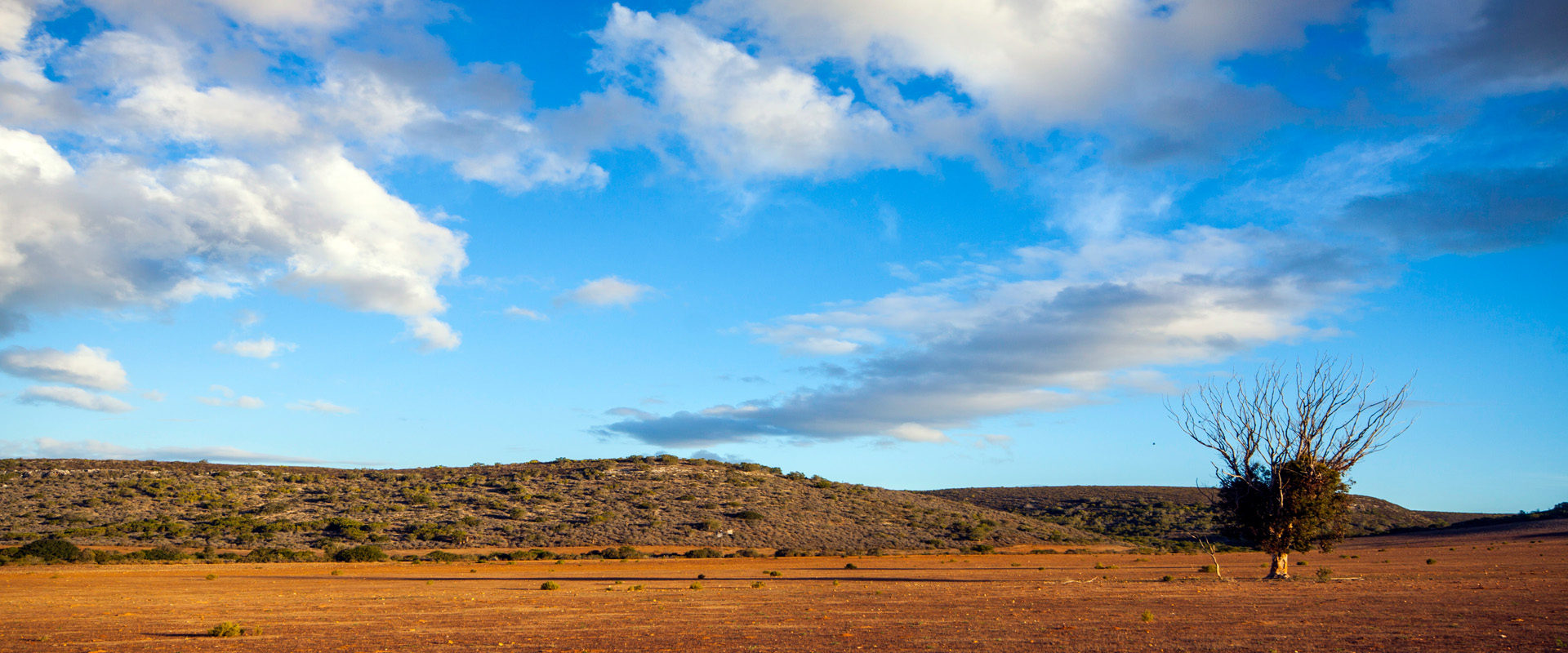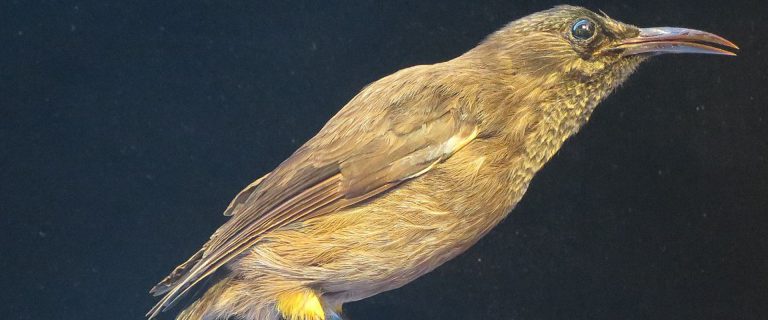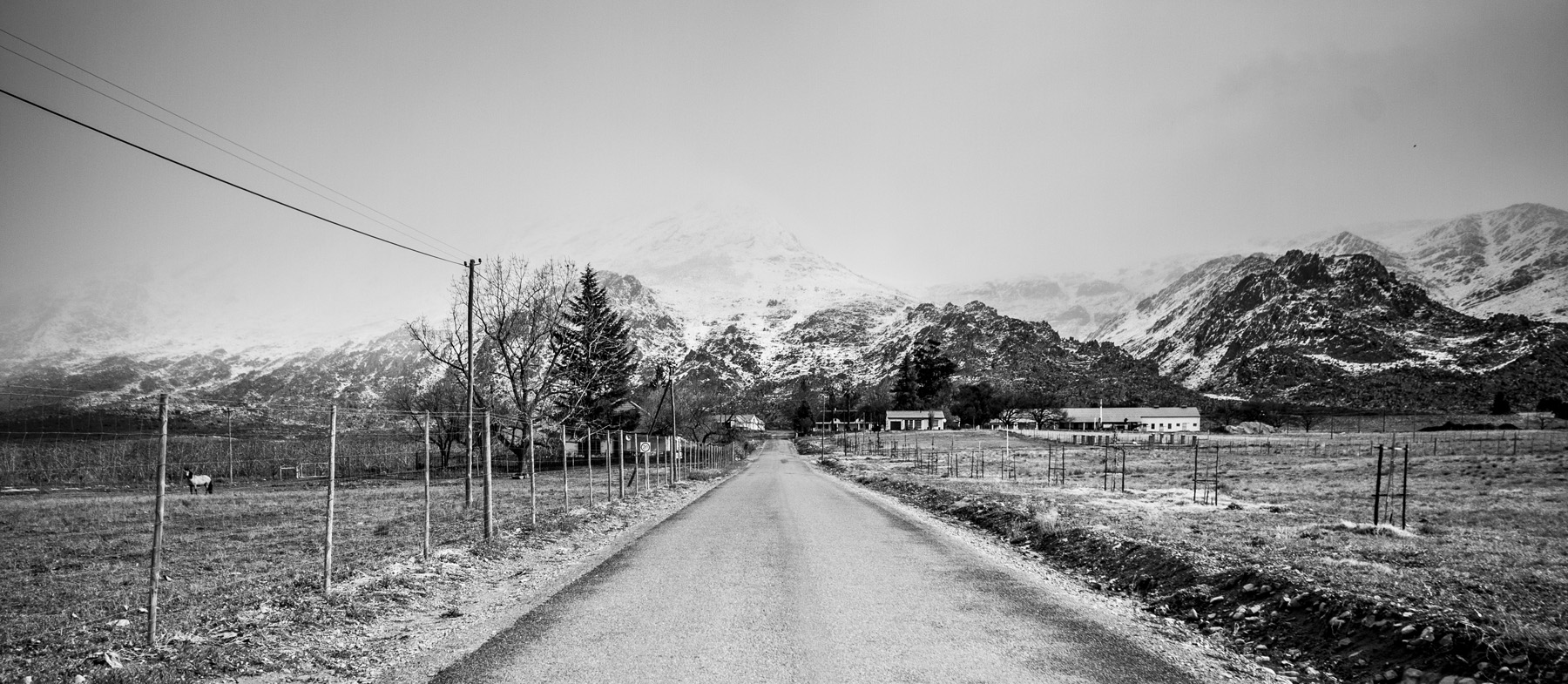Dipping The White-Headed Vulture On The R27
After weeks of waking up early, we decided to sleep in, only for me to wake up, check my phone, and see that a White-Headed Vulture was seen and photographed about an hour earlier along the R27, a short way outside Ganzekraal.
The Drive to The West Coast
The weather was brooding, with dark clouds covering most of the sky – but we set out on the mission from Somerset West. It’s about a 125km drive, and with the bird being a Vulture, I explained to Milli that our chances were low when we set off.
Vultures are notoriously difficult to Twitch and it took me several tries for Hooded Vulture before I connected with the one at Strandfontein. And even that bird didn’t stick around very long if I recall correctly.
Birding in the Stellenbosch Farms and Philidelphia Area
Our drive took us through the early Autumn farmlands outside Stellenbosch and Philadelphia. After a long season of uniform yellow, the fields were starting to show the first signs of greenery. These farmlands often look drab in the summer, but beautiful and lush once winter sets in.
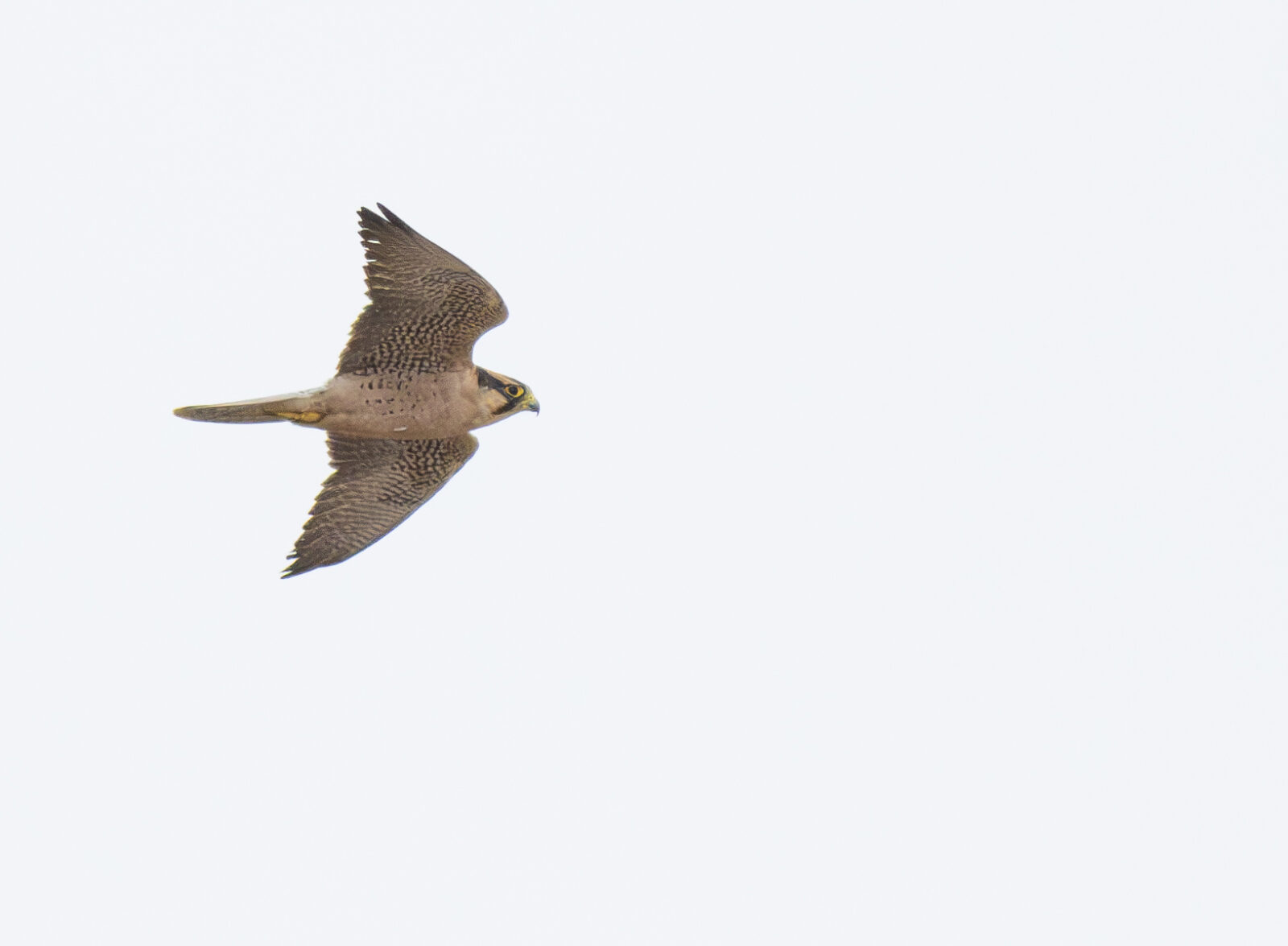
On route, we had a few raptor sightings. The first was a beautiful Lanner Falcon posted up along the roadside. The sky was overcast and photography was challenging, so I had to go up to 1600 ISO and even 3200 ISO for the in-flight moments. The Canon 7D MKII is a fun camera, with good AF speed, but its dynamic range is mediocre, especially compared to full-frame cameras like the 5D MKIV and 1DX.

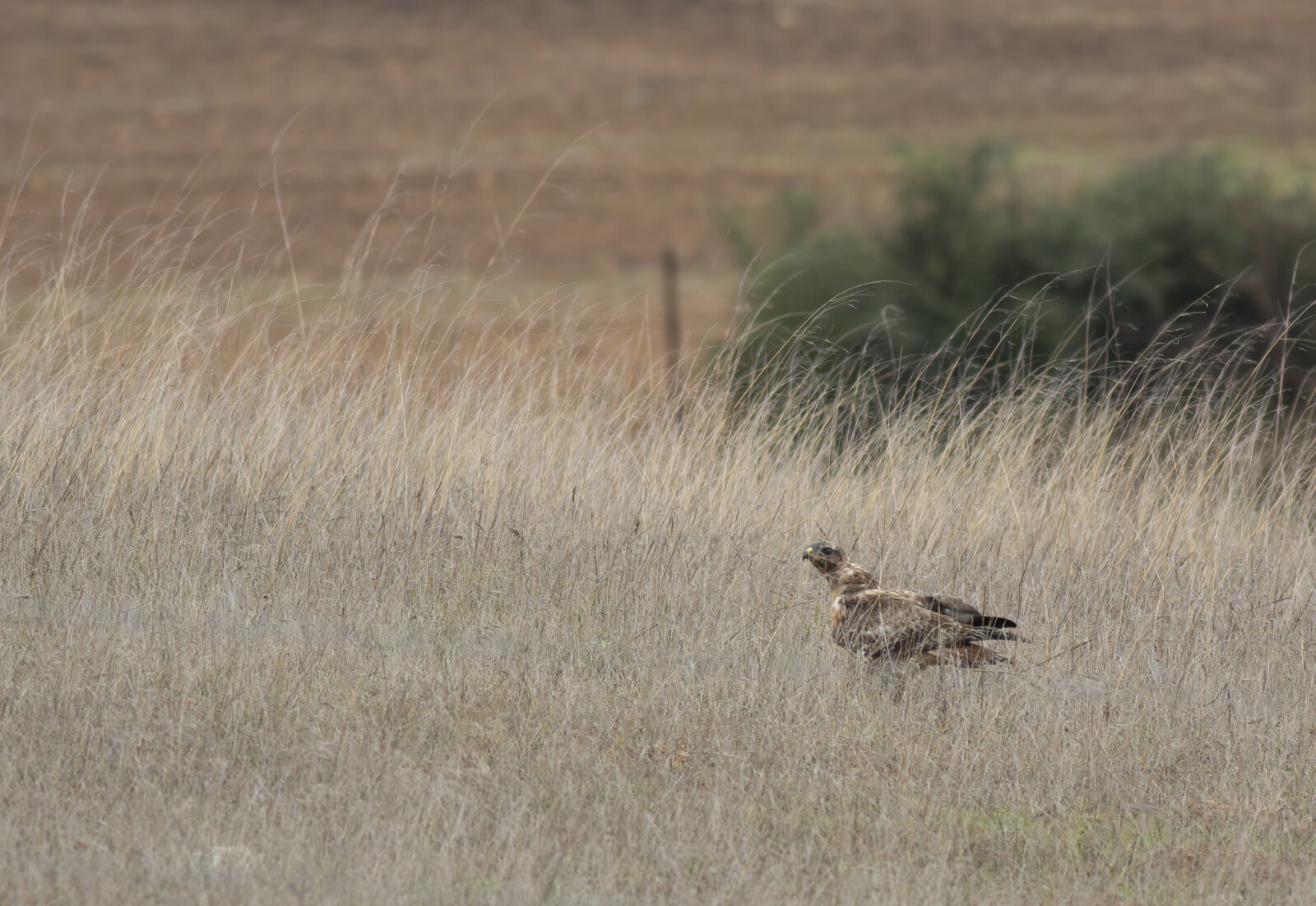
Next up we had a couple of Jackal Buzzards, an adult, and an immature bird that had caught a rat and was carrying it across the field.
I had to make sure we didn’t get too distracted, and I know a lot of die-hard twitchers probably reel in horror at the idea of stopping for common raptors while on a chase. But the reality is the bird was highly unlikely to be on the same perch as earlier in the morning and given the rain, it also seemed reasonable that it would stick around the area.
The Search For The Vulture Commences
Some time later we arrived on the R27 and took a drive to the second pin of the morning, where the bird had last been seen. We stopped here and scanned for a while, before extrapolating the bird’s morning movements and assumed it may be continuing north.

We scoured every fence post along the R27 as we made our way close to West Coast National Park. Our search didn’t turn up the Vulture, but it did give us views of a Black Harrier, which I’ve come to appreciate a lot more after realizing the species’ scarcity.
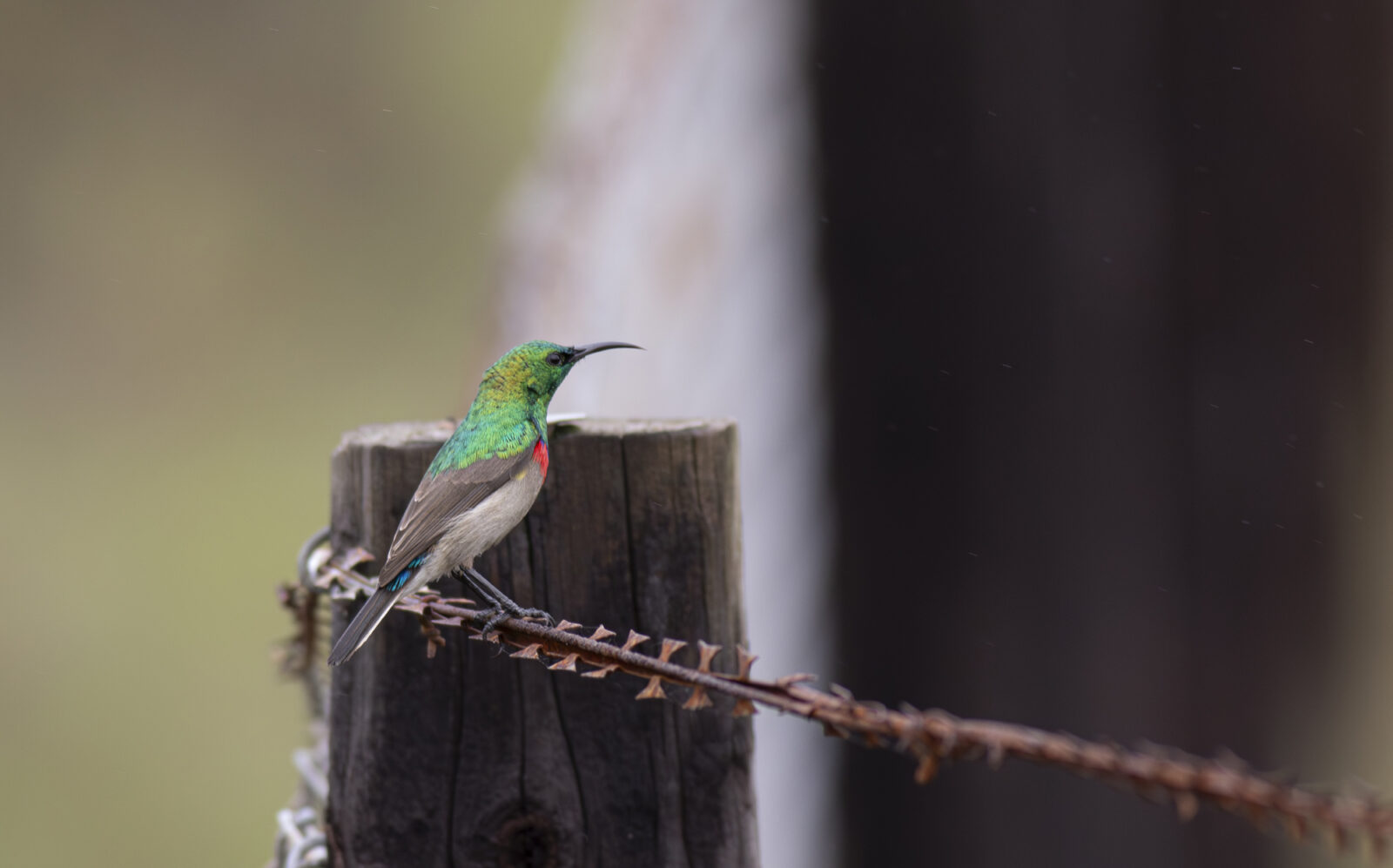
We also had a few common species like Pied Starling, Pied Crows, Southern Double Collared Sunbirds, and a few different Larks.
Over the next 2 hours, we’d move back and forth covering another 100 kilometers, trying to find the bird in every possible location. We scanned the grey, cloud-covered skies, the fence poles, and every large tree in sight, but without luck.
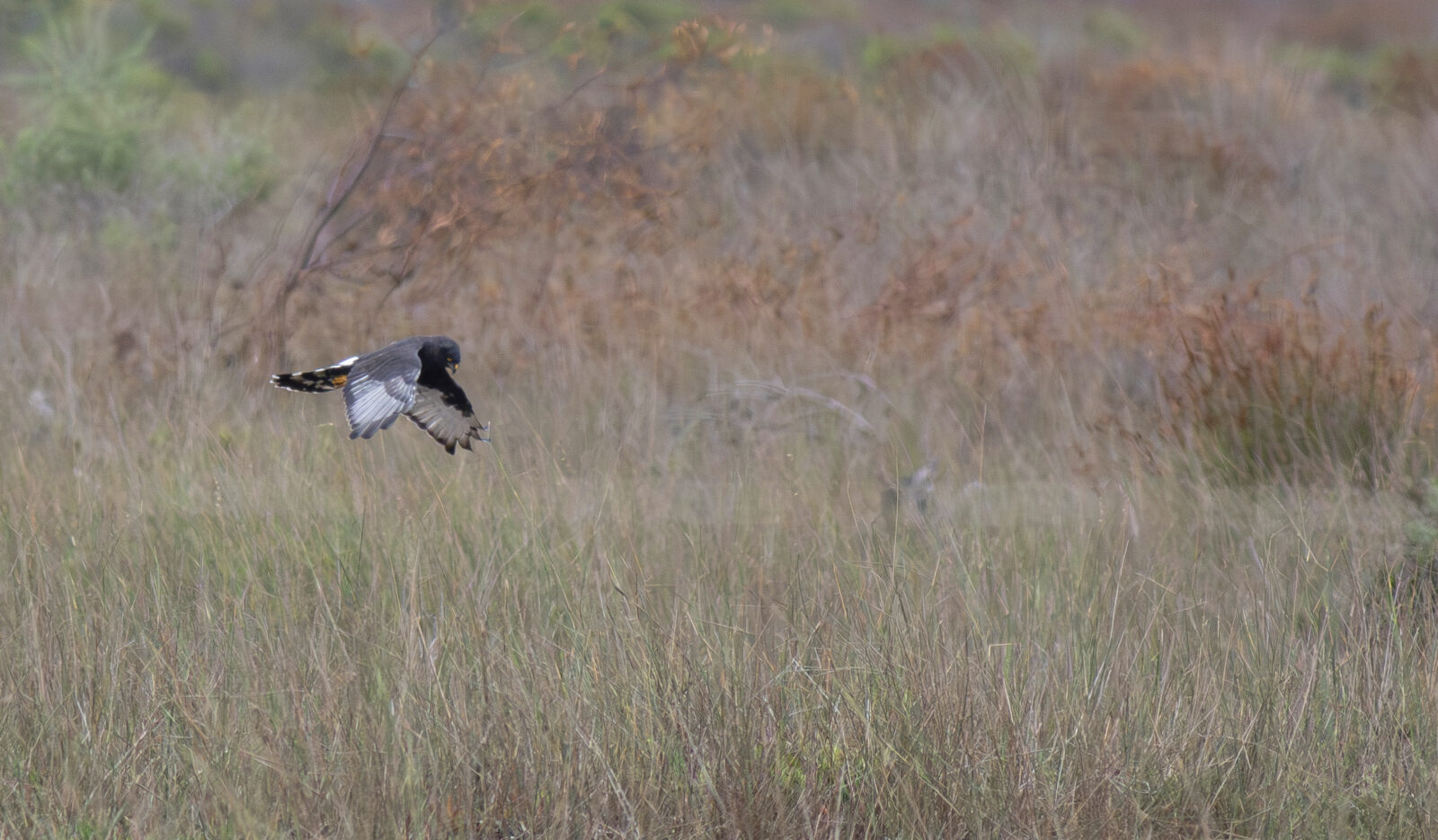
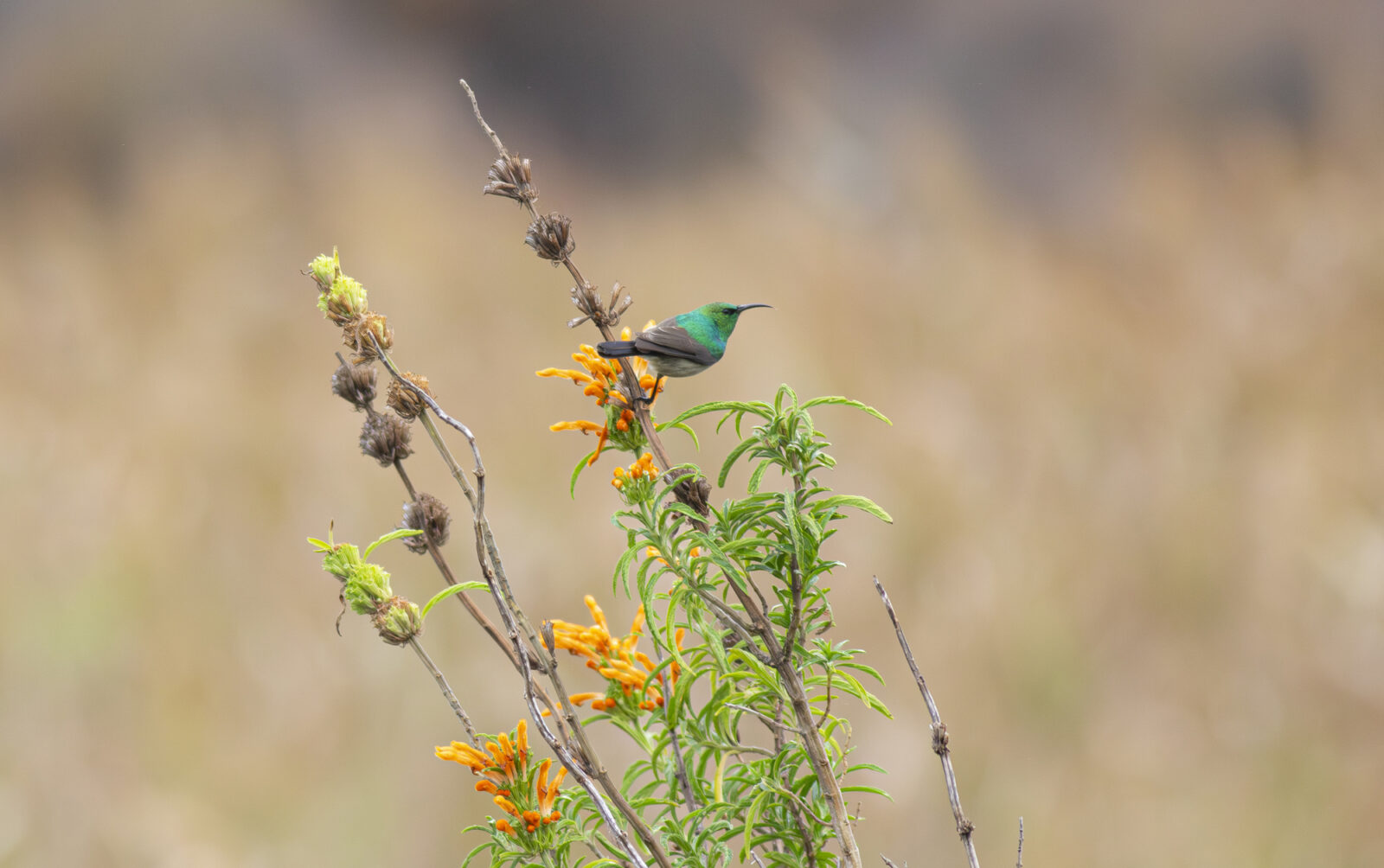
We must have done the same stretch of road in both directions at least 10 times, mostly covering between Grotto Bay and Jakkalsfontein.
Eventually, we decided to call it a day and leave defeated. We made our way onto the R315 to Darling and started heading home.
A Rediscovery, And A Failed Chase
At this point, I checked my phone and noticed John Graham had just seen the bird, or at least that’s what I thought. Checking the time stamps, we must have been out of signal range, cause his message had been sent 50 minutes prior.
He had the bird at 14:10 and it was now 14:57…
In the message John had mentioned the bird was moving north, so we made our way towards the Grotto Bay turn-off. We arrived there at around 15:10, and spent 10 minutes scanning the skies. While we couldn’t seem to find the vulture, we did have some great views of a Southern Black Korhaan on the side of the road and also had a Black-Winged Kite attacking a young Jackal Buzzard. Cool sightings, but ultimately, distractions in this scenario.
The idea was then to go through to the pin where John and Zoe had seen the bird an hour earlier.
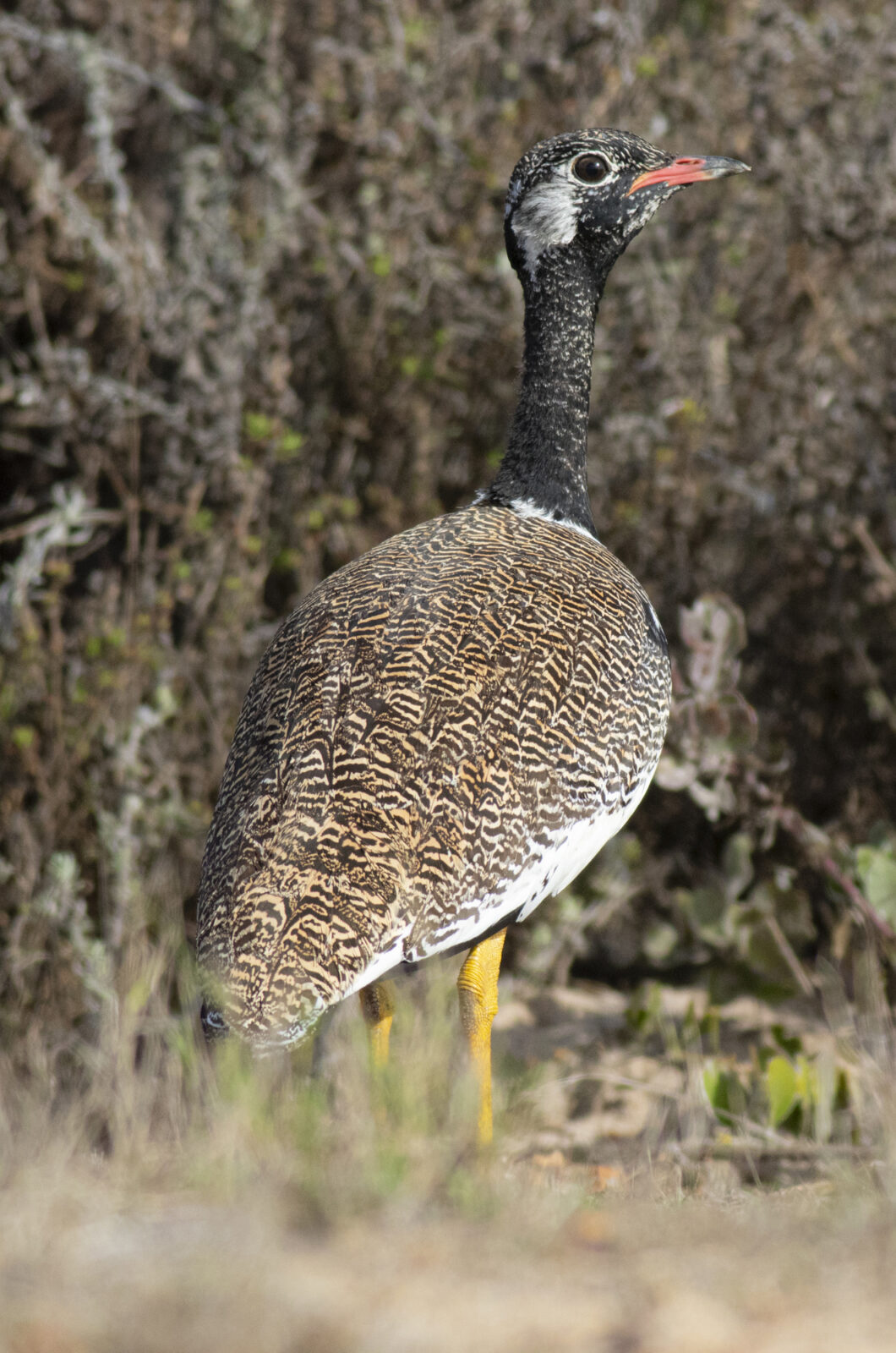
Familiar Faces Along The Roadside
As we approached we noticed two cars were already there. Turns out two familiar faces, Frans Joubert and Trevor Hardaker were at the spot. After chatting to Trevor I learned that he had managed to connect with the bird after John’s sighting at 14:10, and that the bird was there at around 15:15.
I did some quick math, and determined that while they were watching the bird, we were just a few kilometers up the road on the Grotto Bay road. I couldn’t understand how we could miss such a large bird, being so close by and scanning all areas of the sky.
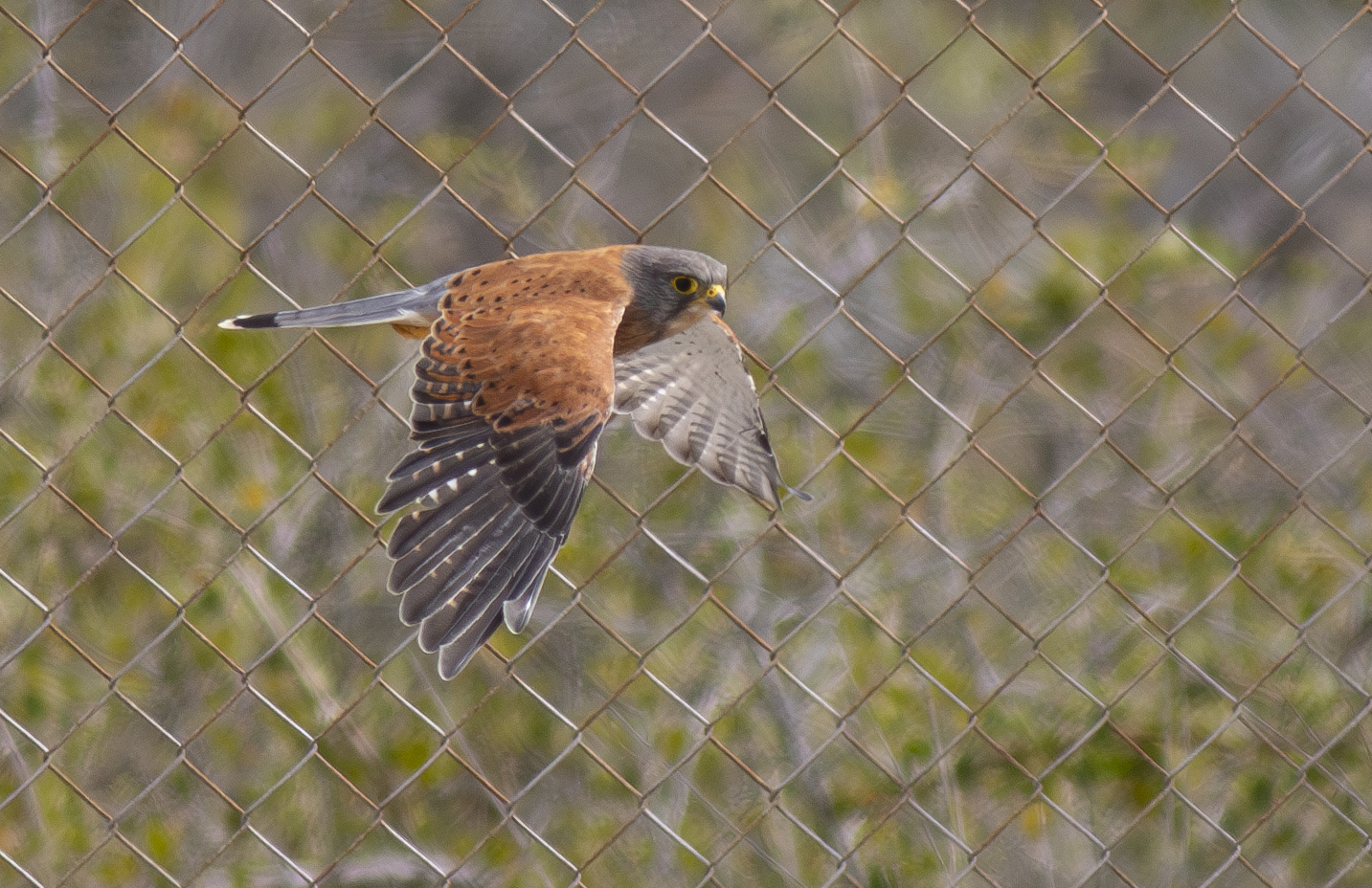
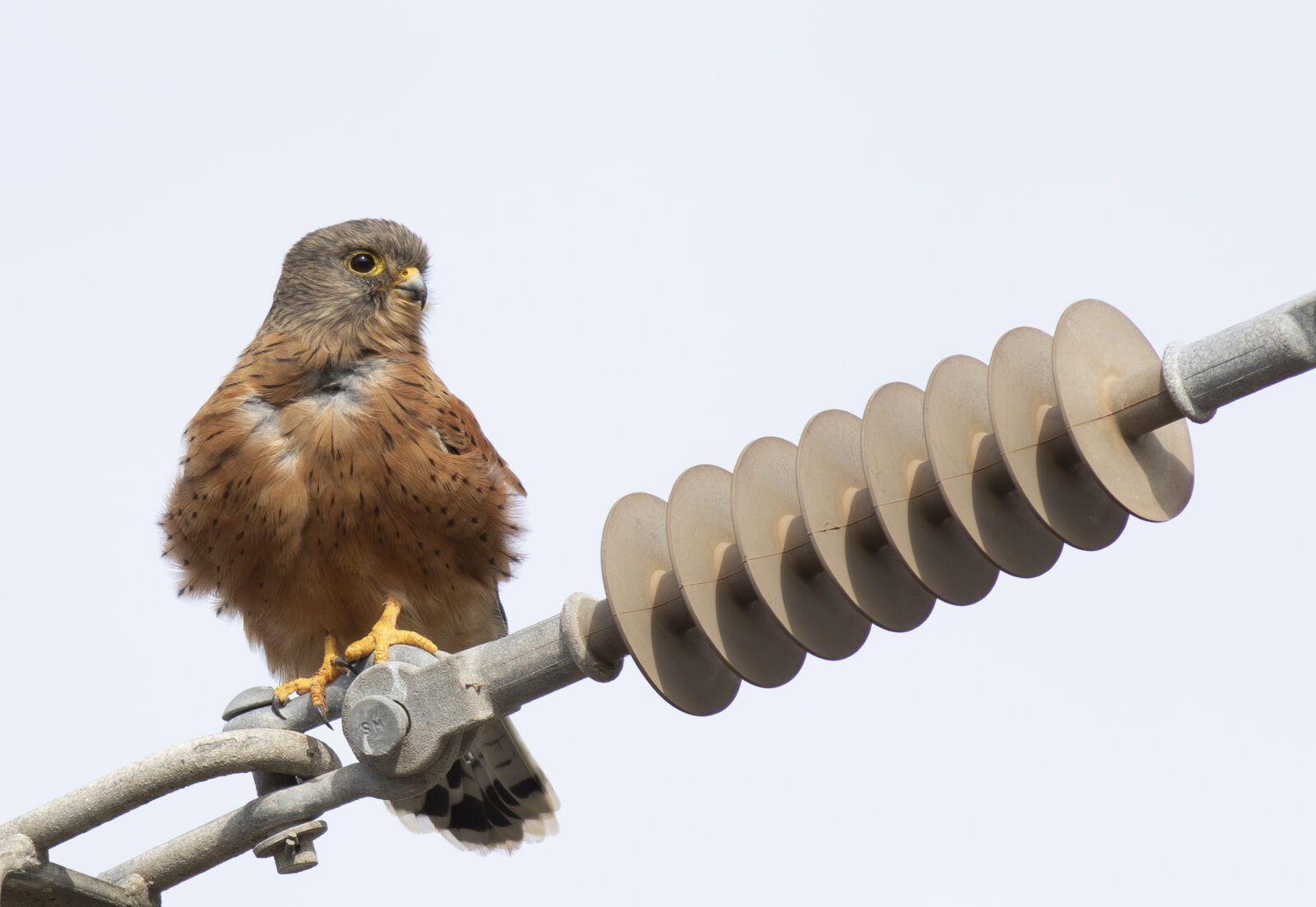
Frans headed out after a while, with Trevor and us continuing to scan for the bird. After another 50 minutes or so, we also decided to call it, still needing to make the trip back to Somerset West. On our way home, we had some of the heaviest rain I’ve ever driven through as well, but it was a beautiful, eerie scene driving into the dense, dark clouds. We could see the heavy rainfall creating curtains on the horizon.

A Harsh Reality, Or Maybe a Bit Of Melodrama
Every dip is rough, but birders will know that feeling of arriving shortly after the bird has been seen and not connecting. In this case, it was especially shitty to know that we were just 6 kilometers away. Hindsight is 20/20 and all that, but it’s hard not to look back and just wish we had gone directly to the pin and not assumed the bird’s position.
But this is all a part of the experience, and not every twitch ends the way one would like 😉
Let’s see if tomorrow changes things…
Update: Things Did Not Change
We continued throughout much of Sunday to chase the bird, but there were no additional sightings on that day. But we still managed to see more birds, including some cool raptors.
